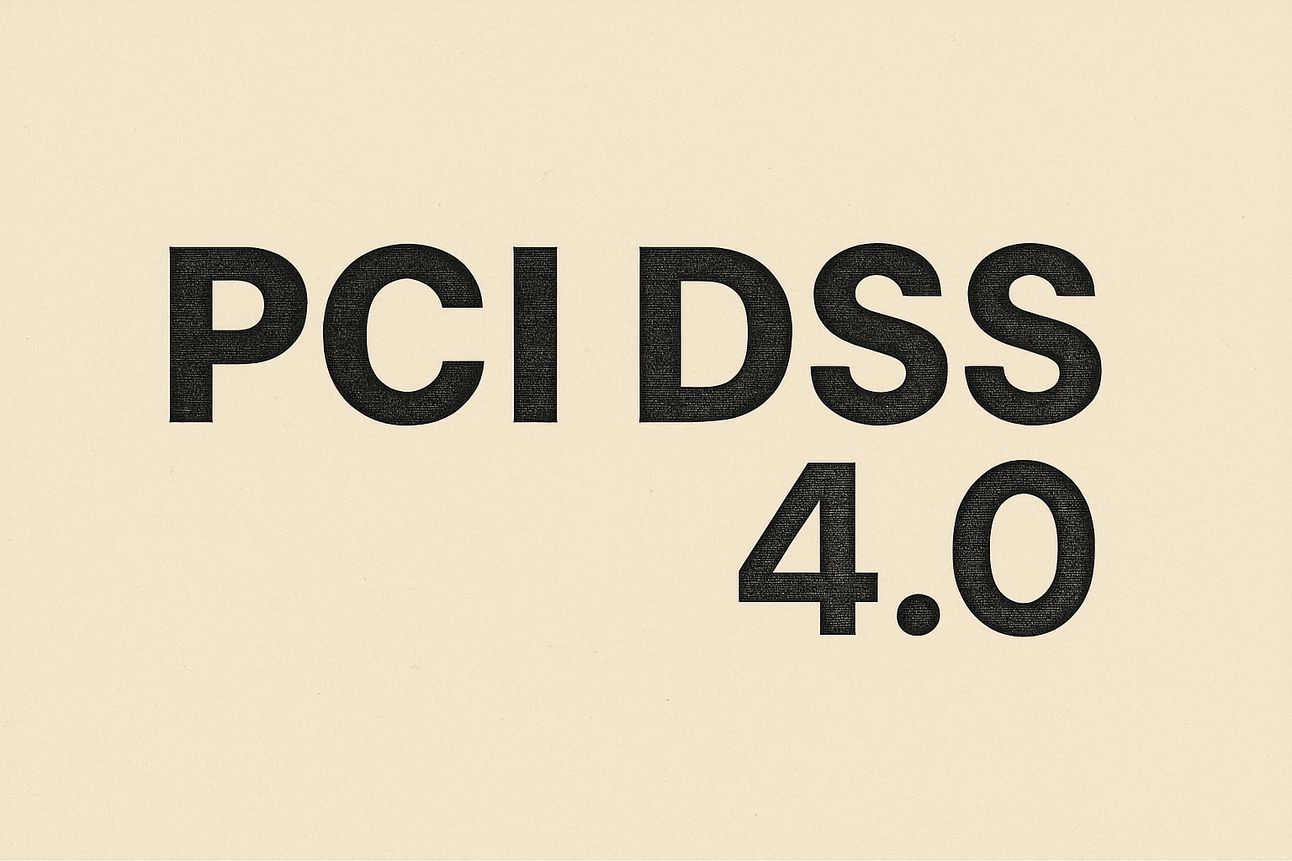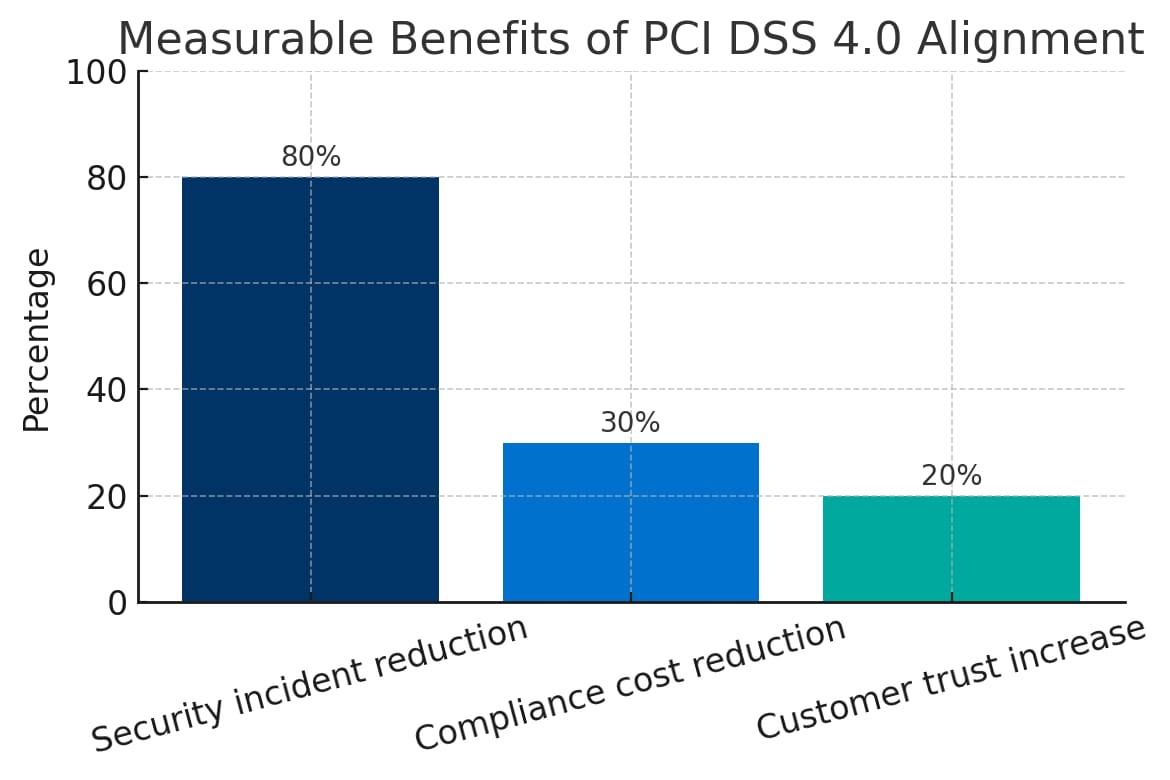- Defend & Conquer
- Posts
- Enhancing information security: aligning internal controls with PCI DSS 4.0 in financial services organizations
Enhancing information security: aligning internal controls with PCI DSS 4.0 in financial services organizations
CybersecurityHQ Report - Pro Members

Welcome reader to a 🔒 pro subscriber-only deep dive 🔒.
Brought to you by:
👣 Smallstep – Secures Wi-Fi, VPNs, ZTNA, SaaS and APIs with hardware-bound credentials powered by ACME Device Attestation
🏄♀️ Upwind Security – Real-time cloud security that connects runtime to build-time to stop threats and boost DevSecOps productivity
🔧 Endor Labs – App security from legacy C++ to Bazel monorepos, with reachability-based risk detection and fix suggestions across the SDLC
📊 LockThreat – AI-powered GRC that replaces legacy tools and unifies compliance, risk, audit and vendor management in one platform
Forwarded this email? Join 70,000 weekly readers by signing up now.
#OpenToWork? Try our AI Resume Builder to boost your chances of getting hired!
—
Get lifetime access to our deep dives, weekly cyber intel podcast report, premium content, AI Resume Builder, and more — all for just $799. Corporate plans are now available too.
Executive Summary
The Payment Card Industry Data Security Standard (PCI DSS) version 4.0 represents a fundamental shift in payment security compliance, moving from prescriptive checklists to outcome-based security. For financial services organizations processing millions of transactions daily, aligning internal controls with PCI DSS 4.0 is not merely a compliance exercise but a strategic imperative for maintaining customer trust and operational resilience.
This whitepaper examines the most effective strategies for financial services organizations to align their internal controls with PCI DSS 4.0 requirements. Based on analysis of implementation patterns across global financial institutions and emerging best practices, we identify five core strategies that drive successful alignment: establishing executive-level governance structures, implementing risk-based control frameworks, leveraging automation and continuous monitoring, integrating PCI DSS with existing compliance frameworks, and building adaptive security architectures.

Our research indicates that organizations implementing comprehensive alignment strategies achieve significant measurable benefits. Financial institutions that fully align their controls with PCI DSS 4.0 report 80% fewer security incidents, 30% reduction in compliance costs through automation, and increased customer trust metrics. Moreover, these organizations demonstrate greater resilience against emerging threats and improved operational efficiency.
The transition to PCI DSS 4.0 compliance requires fundamental organizational changes. Financial services companies must move beyond viewing PCI DSS as a periodic audit requirement to embedding payment security into daily operations. This involves redesigning workflows, elevating governance structures, and creating sustainable compliance programs that adapt to evolving threats while maintaining operational efficiency.

Subscribe to CybersecurityHQ Newsletter to unlock the rest.
Become a paying subscriber of CybersecurityHQ Newsletter to get access to this post and other subscriber-only content.
Already a paying subscriber? Sign In.
A subscription gets you:
- • Access to Deep Dives and Premium Content
- • Access to AI Resume Builder
- • Access to the Archives
Reply